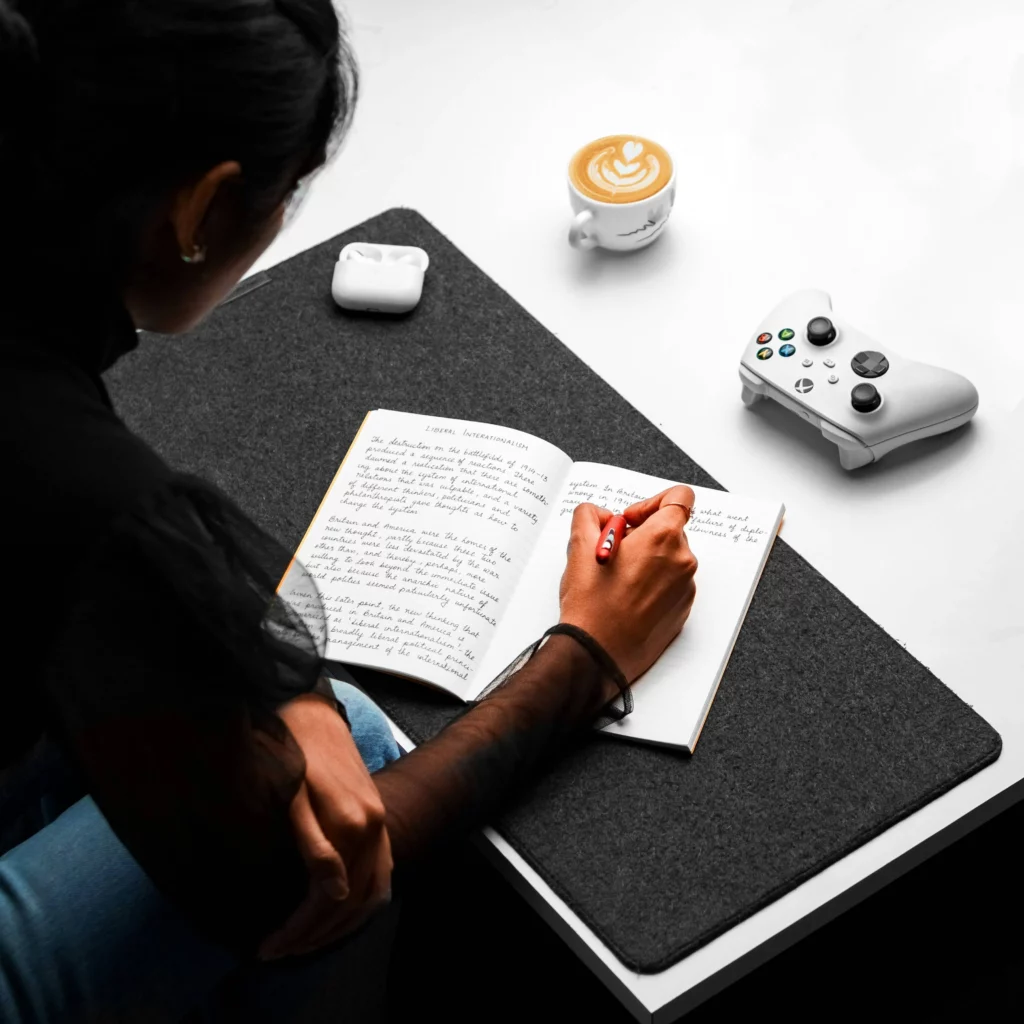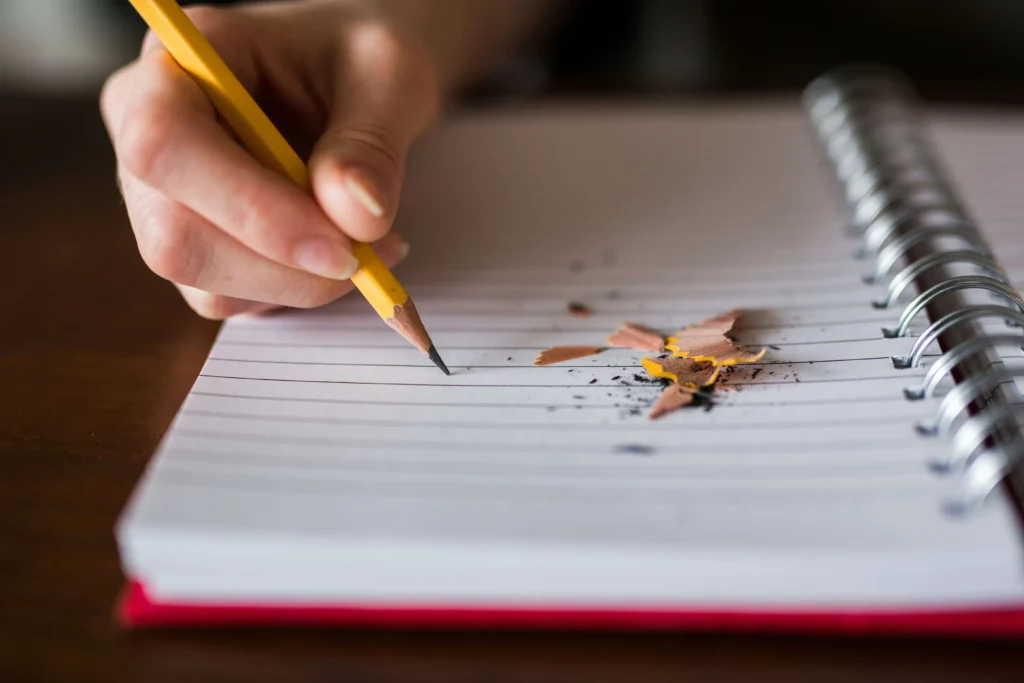Sure, here it’s an updated version of the guide:
Introduction
Starting a letter in Italian involves understanding the important cultural and linguistic nuances. This guide aims to help you effectively write a letter in Italian, whether it’s a formal or informal letter to a friend, family, colleague, or business associate.

Formal Letters
For formal letters such as job applications or business communications, the letter typically starts with a respectful salutation followed by the recipient’s title and surname.
“Gentile” followed by “Signor” or “Signora” (Mr./Mrs.) and the recipient’s surname is commonly used (ex: Gentile Signor Rossi). Another commonly used greeting in formal business communications is “Egregio” which means “Dear.” The most formal greeting “Pregiatissimo” (Dear Sir) is rarely used in Italy today.
If the recipient holds a professional title such as “Doctor” (Dottore/Dottoressa) or “Engineer” (Ingegnere), this title is used as the form of address when writing.
Informal Letters
Informal letters or emails, such as those for family or friends, generally begin with “Cara” for females or “Caro” for males, which mean “Dear.” This is followed by the first name. The adjective “cara/caro” can change to match the gender and number of people it refers to.
For closer relationships, sometimes no greeting is used. A common informal greeting is “Ciao” meaning “Hi.” Variations such as “Ciao bella” (Hello beautiful) for females or “Ciao bello” (Hello handsome) for males may also be used.

Body of the Letter
The body of the letter is where you mention the reason for writing. Keep the message focused, concise, and clear regardless of it being formal or informal. Always remember to maintain the respective formalities in your language when writing a formal letter.
Closing the Letter
Formal letters traditionally close with “Distinti Saluti” or “Cordiali Saluti” which translates to “Kind Regards” or “Cordially.” In informal letters, endings like “Un abbraccio” (A hug), “A presto” (See you soon) are common.Remember to mention any attachments in your email or letter with phrases like “In allegato invio” (please find in attachment), or “Allego” (I am attaching).

Conclusions
Writing a letter in Italian follows a similar structure to English, but with some cultural distinctions especially in formal and informal greetings. Practice makes perfect, so don’t be afraid to make mistakes as you learn. Remember, starting well with an appropriate greeting sets the tone for the rest of your message. Happy writing!
